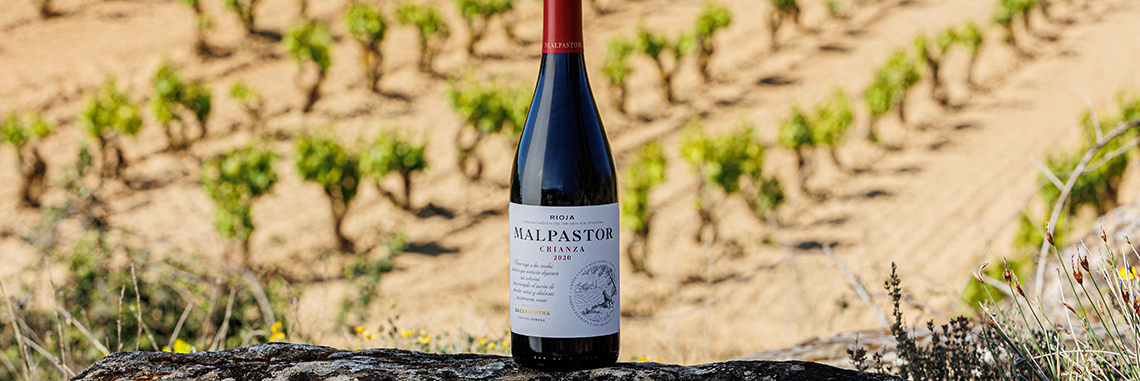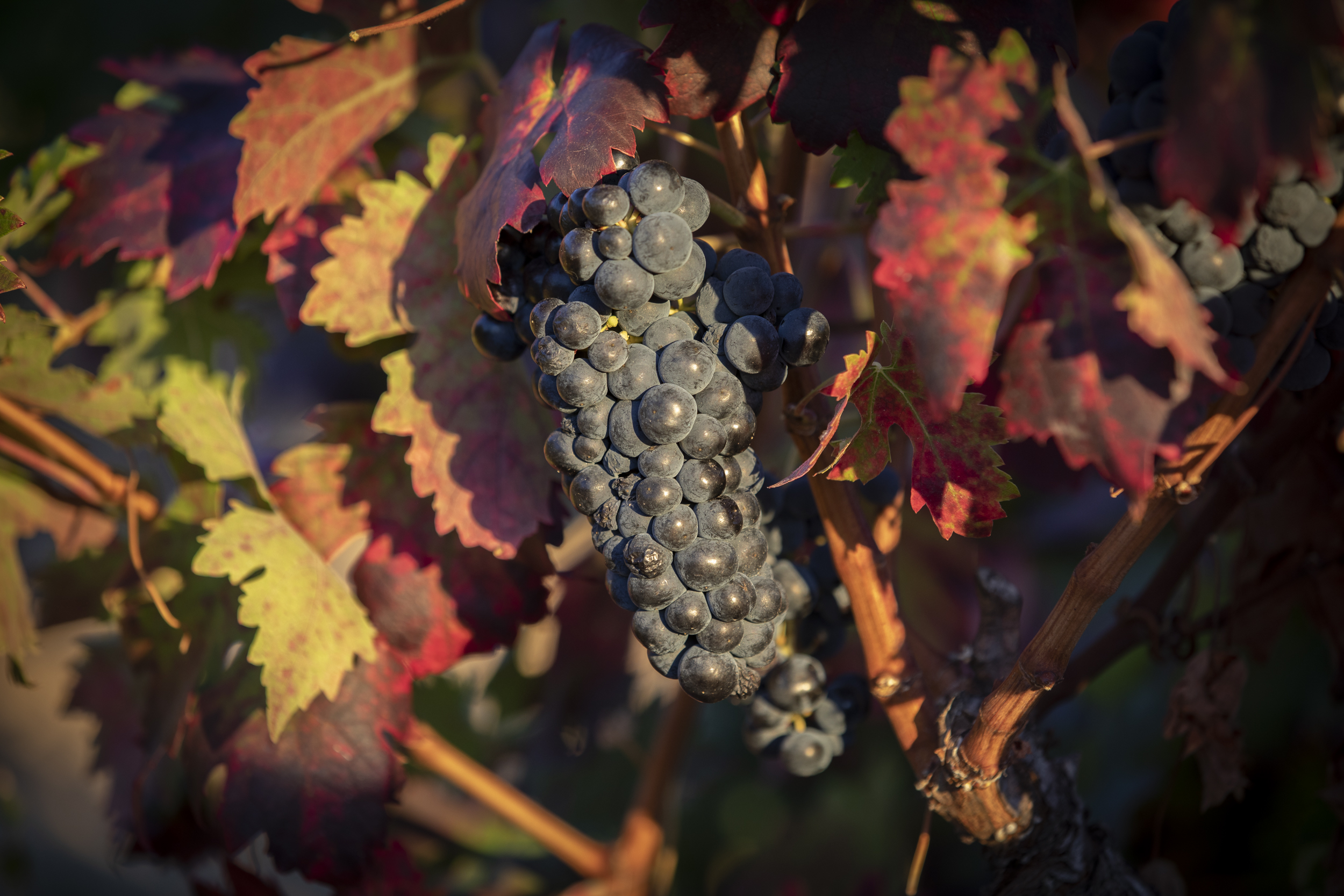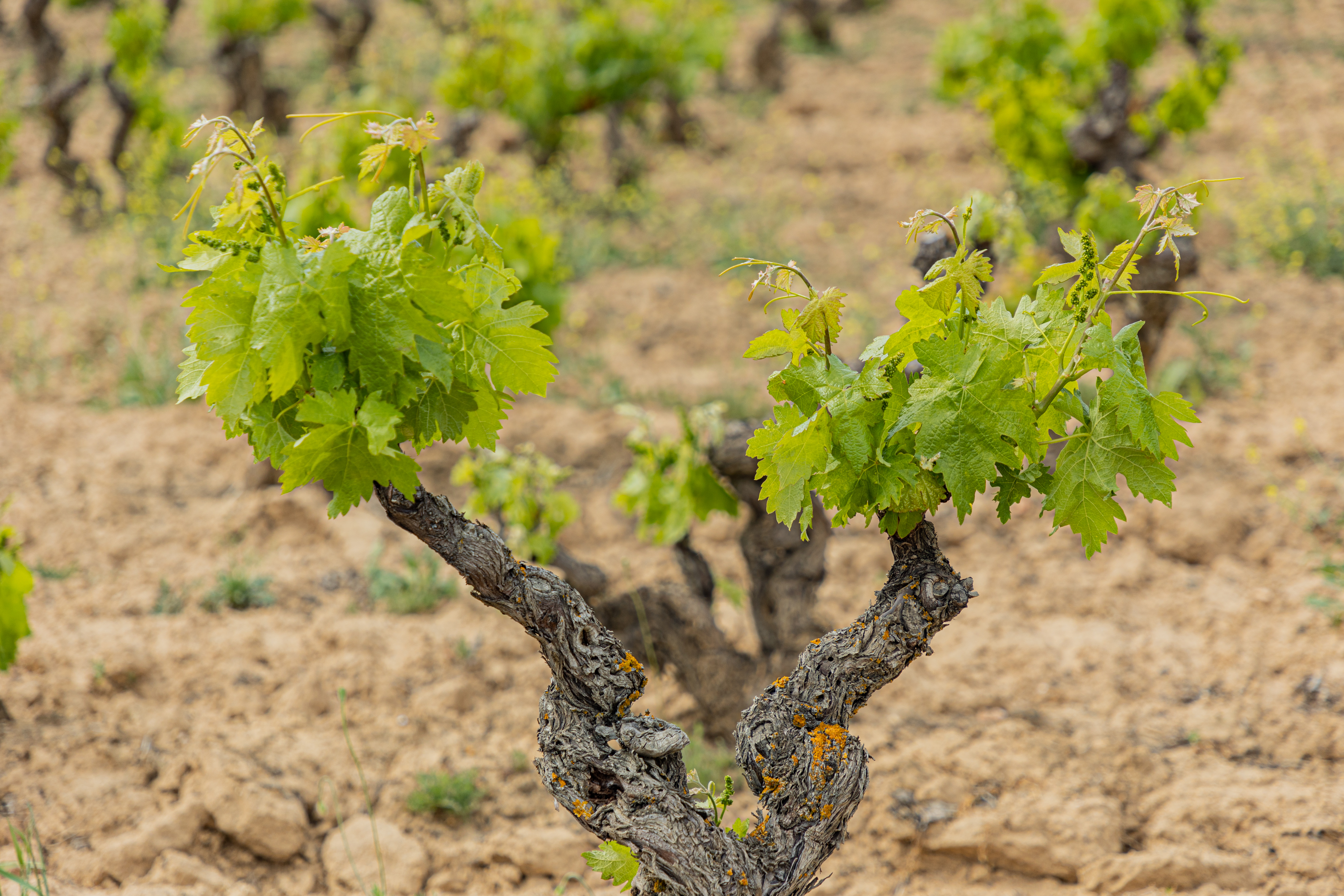TEMPRANILLO SPECIAL

The Exemplary Malpastor
When it comes to representing us on the international wine stage, few varieties can beat Tempranillo in terms of star power. This is why we want to celebrate its special day with the fanfare it deserves, because it has given us so much. Tempranillo is part of our identity, rooted in the vineyard and poured by wine lovers across the globe.

A cluster of Tempranillo grapes in autumn
Did you know?
Research into the genetics of the grape indicate its origins lie in the Ebro River Valley, the result of a crossing between the Albillo Mayor and Benedicto varieties thousands of years ago.
Generally, Tempranillo wines are aromatic, fruity, versatile, with a pleasant amount of alcohol and firm yet delicate tannins. In warm climates, the emphasis is on aromas reminiscent of black forest fruit and plum. In milder climates, this gives way to red fruit matched by a beautiful ruby red hue.
Varietal wines tend to be young and aromatic. Given the relatively low acidity of Tempranillo, the grape enjoys the company of other varieties such as Cariñena, Cabernet, Garnacha or Syrah, which exponentially increase its ageing potential.
Also known as…
A variety known by many names, but united by a shared essence: versatile, with restrained fruit and a yearning for oak, capable of being shaped into different variations depending on the vinification practices.
- Known as Tempranillo in Rioja, the grape also goes by Tinto Fino (Ribera del Duero), Cencibel (La Mancha), Tinta de Toro (Toro), Ull de Llebre (Catalunya), and Escobera (Extremadura). It is also grown in Burgos, Álava, Cuenca, Ciudad Real, Calatayud, Cigales, Navarra, Baleares, Somontano, Utiel-Requena, Valdepeñas, and Vinos de Madrid.
- Tracing its many names draws a map that shows how widely Tempranillo is cultivated in our country. And in each enclave, in each parcel, the viticultural practices, along with various vinification techniques, produce a myriad styles.
- Beyond our borders, Tempranillo has also made a home for itself in Portugal, France, Argentina, Mexico, Morocco, Greece, South Africa, and California (US).

Tempranillo vines on a Familia Torres property in DOCa Rioja
The name “Tempranillo” (“the early one”) refers to its short ripening cycle. It produces large compact clusters. The berries are small and evenly round, covered in thick skin.
Malpastor (DOCa Rioja)
-
Malpastor is a reference to the first shepherds who took up winegrowing, often abandoning their flock. Many referred to these adventurous pioneers as “malos pastores” (bad shepherds), but they ended up being visionary winegrowers.

Malpastor, made in DOCa Rioja, with a Tempranillo vineyard in the background
- Malpastor exemplifies modern Rioja winemaking, a combination of typicity and innovation. This Tempranillo varietal is made from hand-picked grapes that originate from 20 to 25-year-old vineyards planted in limestone soils on gentle hillsides and small terraces.
- In terms of vinification, Malpastor rests on its lees for a month in concrete vats and three months in French and American oak where it then continues to mature for up to 12 months. The wine then spends at least another six months in the bottle, refining and acquiring its velvety, silky texture.
Malpastor is an intense, fragrant wine, revealing exquisite aromas of fruit and spices along with notes reminiscent of toasted bread. The tannins are juicy, velvety, subtly shaped by oak ageing. Mature on the palate, it displays notable body and good acidity; round and full
In each of the regional expressions of its identity, the variety reveals different styles and profiles, and yet they all share distinctive attributes that make them undeniably Tempranillo.
